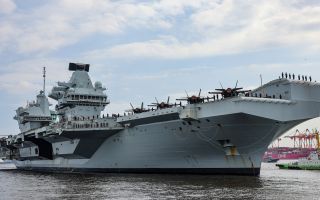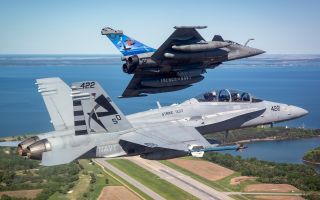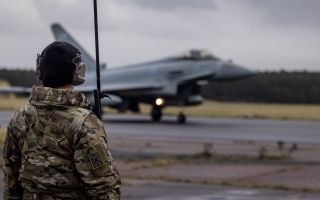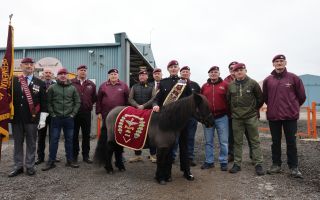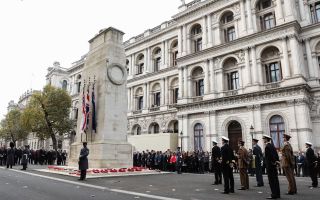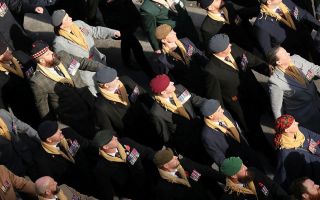Iron Titan: British Army's largest land exercise for 20 years incorporates lessons from Ukraine
Soldiers taking part in the British Army's largest land exercise in more than 20 years are developing tactics which have been adapted after learning lessons from Ukrainian forces in the war against Russia.
The six-week-long Exercise Iron Titan 2023 is bringing together the training of about 8,000 soldiers from 3rd (United Kingdom) Division's support elements to test them at scale and across distance.
Following the conflict in Ukraine, Lieutenant Colonel Ollie Nyman, from 10 Queen's Own Gurkha Logistic Regiment, said changes had been made in the UK.
He said: "We've learned a lot from the Ukrainians, we've changed a lot of our tactics now, even right down to the lowest level.
"If you came back to the divisional area, you wouldn't find tac signs showing where the headquarters are anymore.
"We use radios a lot less than we did, we trust our people, we have to trust our people a lot more."
The war in Ukraine, and Russia's failure to navigate convoys through challenging terrain and urban chokepoints, has provided a refresher course on the importance of supply, logistics and endurance.
Exercise Iron Titan is looking to test the complex logistic and support chain which allows the division to operate a warfighting campaign over a sustained period.
Speaking to Forces News, Colonel Jim Webster, commander of The Engineers 3rd (United Kingdom) Division, said: "The arteries of the division, they are made of steel and Tarmac and concrete, so we keep all routes and bridges open – that allows the logisticians of 101 [101st Operational Sustainment Brigade] to keep everything flowing.
"Without combat supplies, we can't beat the enemy, so we keep the arteries open and they are the blood vessels that flow around the body."

The conflict in Ukraine has also driven home the importance of heavy armour, so for the Engineers that means punching tank-worthy routes through all forms of terrain.
And that armour needs to be able to move fast too – they call it shoot and scoot.
Within minutes of firing rockets capable of hitting targets more than 70km away, the launchers of the multiple launch rocket system (MLRS), can be stowed away and driven out of the danger zone at speed and hidden from view.
Once the MLRS has fired, Major Mark Beebe, the second in command of 26 Regiment Royal Artillery, said: "Lessons from Ukraine have told us that we can expect counter-battery fire onto this location within six minutes."
The Army must also set up secure digital communications pathways to protect key data and information from the enemy.
On the exercise, the Falcon tactical communications system is used, which has a much smaller digital footprint, making it less vulnerable to cyber-attacks and hostile activity.

